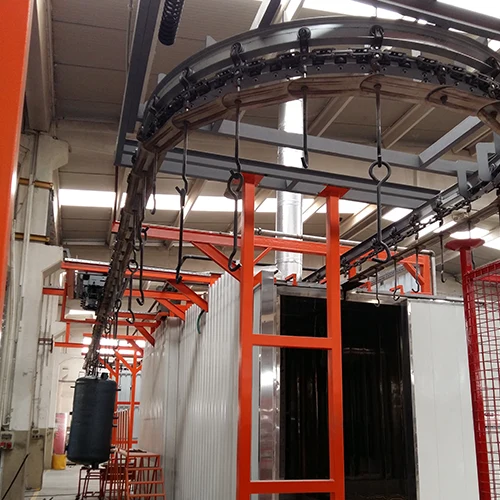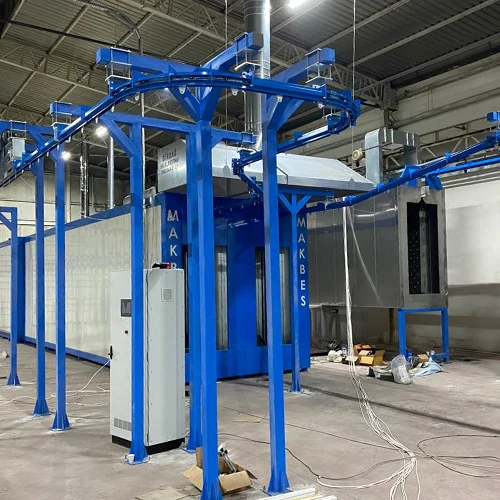The definition of “Conveyor” as seen in a dictionary is “a device that facilitates the transfer of loads with a closed-circuit operating system on the ground or high up.”
The word “Conveyor” might sound unfamiliar to many people, and it means nothing to most of them. However, if we ask people what a conveyor belt is, a factory image and a typical belt conveyor system would immediately come to their mind.
There are many types of conveyors that are known and recognized as belt systems used to carry raw materials waiting to be processed in places such as factories, cutting shops, and assembly workshops.
The Basic Conveyor Systems are:
Chain Conveyor: A type of conveyor that is preferred for the transfer of packaged loads in pallets or boxes and is made of steel with electrostatic powder paint.
Roller Conveyor: Similar to the chain conveyor, it is used for the transfer of packaged or boxed materials and has models with or without drive support, covered with rubber or PVC and made of aluminum or electrostatically painted steel.
Belt Conveyor: The most well-known and widely used conveyor, capable of transferring a wide range of products from boxed and packaged materials to bulk materials. The only difference from others is the use of polyurethane or Teflon for the constructions of the frames.
Bucket Chain Conveyor: Designed for the transfer of boxed and packaged products, the difference from other conveyors is the use of Acetal or Inox bucket chains and mesh belts.
Slat Conveyor: This conveyor is based on the product transfer system on special pallets connected between chains produced specifically for conveyors. The materials used are not different from others.
Flex Conveyor: These special conveyors, made of plastic or steel tubes, sometimes with a folding system like a hinge, offer the flexible discharge of boxed products.
Telescopic Conveyor: These conveyors, which are used for loading onto trucks and trailers, are conveyors with a fixed extension path that can be telescopically extended, either belt or roller.


